Research projects
'Smarter Bridge' team project highlights
In collaboration with the Alan Turing Institute, Autodesk Research, University of Edinburgh, University of Twente, Imperial College London and MX3D.
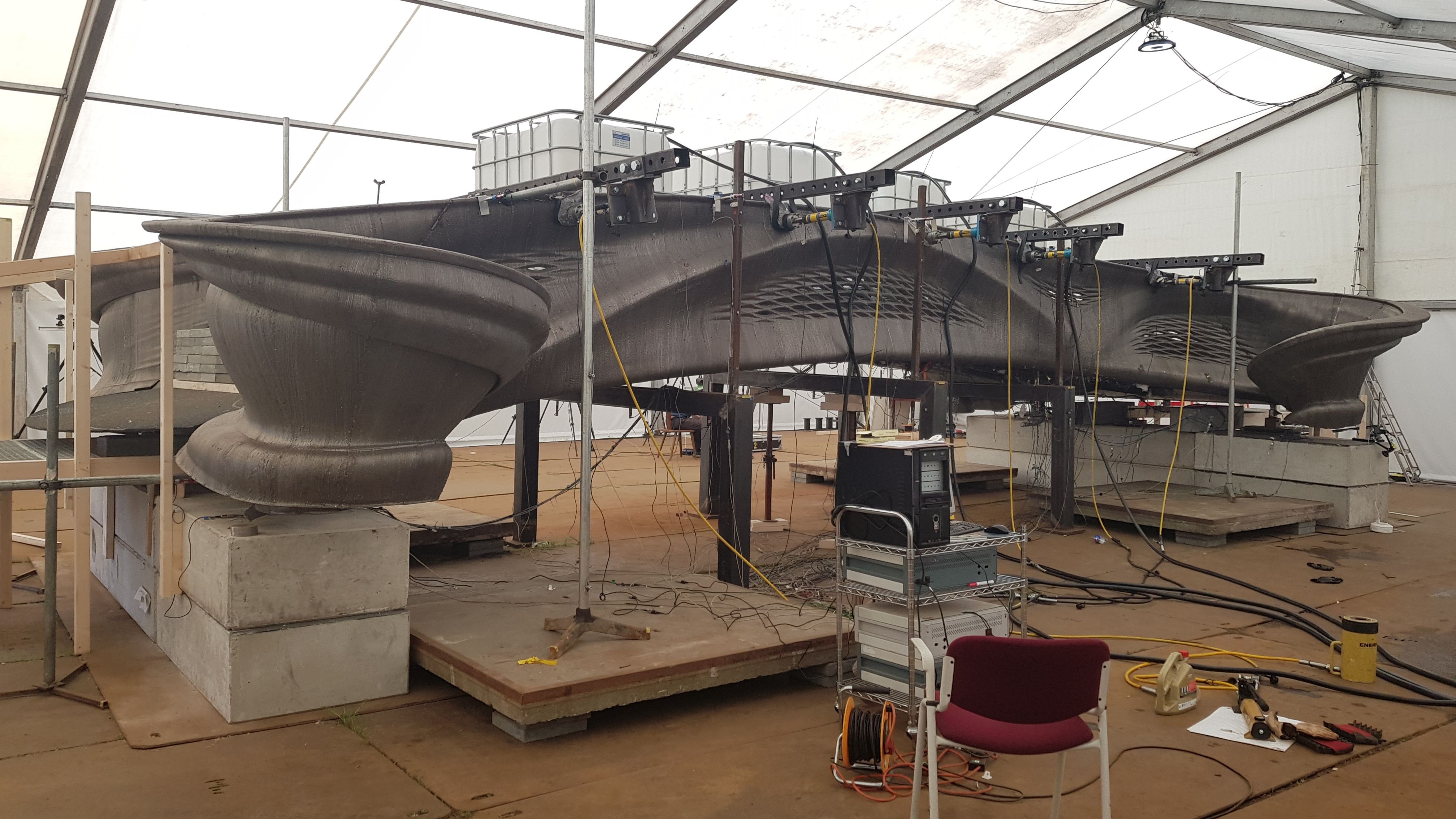
The MX3D Bridge was placed in a tent at the University of Twente for load testing.
Location: University of Twente, the Netherlands
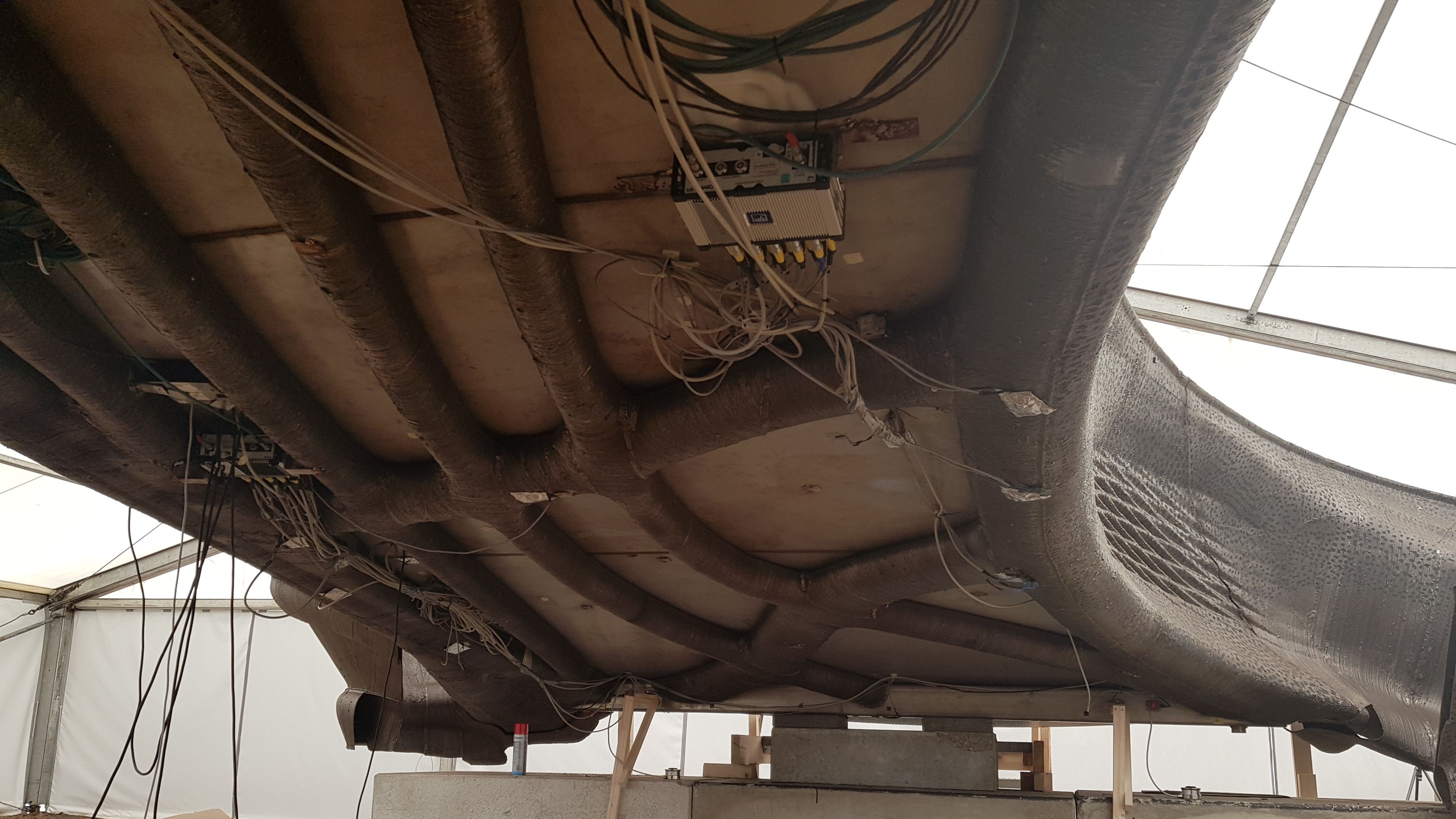
Bottom view of the bridge with exposed data acquisition modules, sensors and cables of the permanent sensor network.
Location: University of Twente, the Netherlands
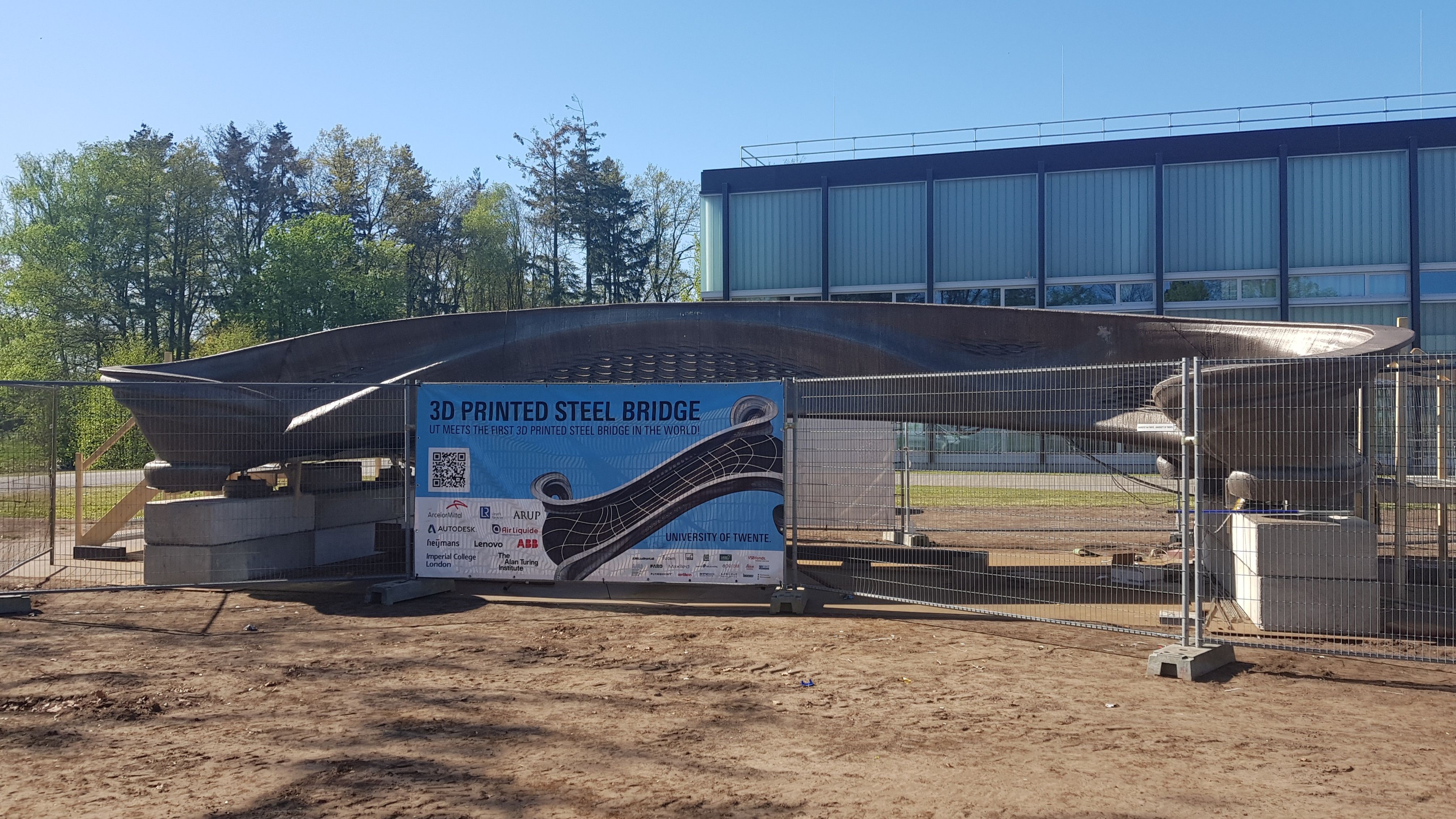
The structure was left outside for 2 months during which the sensor network recorded its response.
Location: University of Twente, the Netherlands
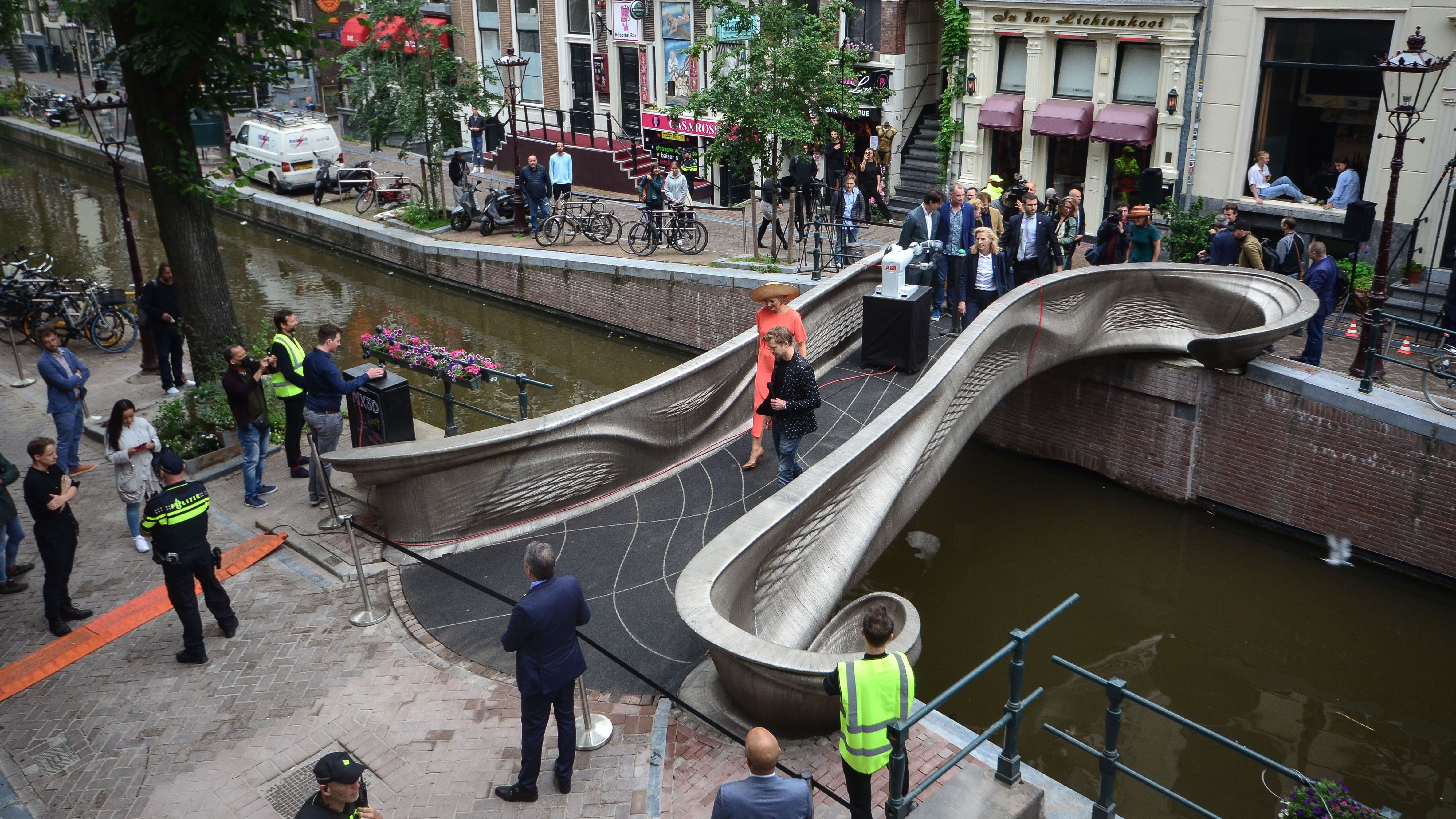
The opening ceremony of the MX3D Bridge led by Queen Maxima in July 2021. Photograph by Adriaan de Groot.
Location: Amsterdam, the Netherlands
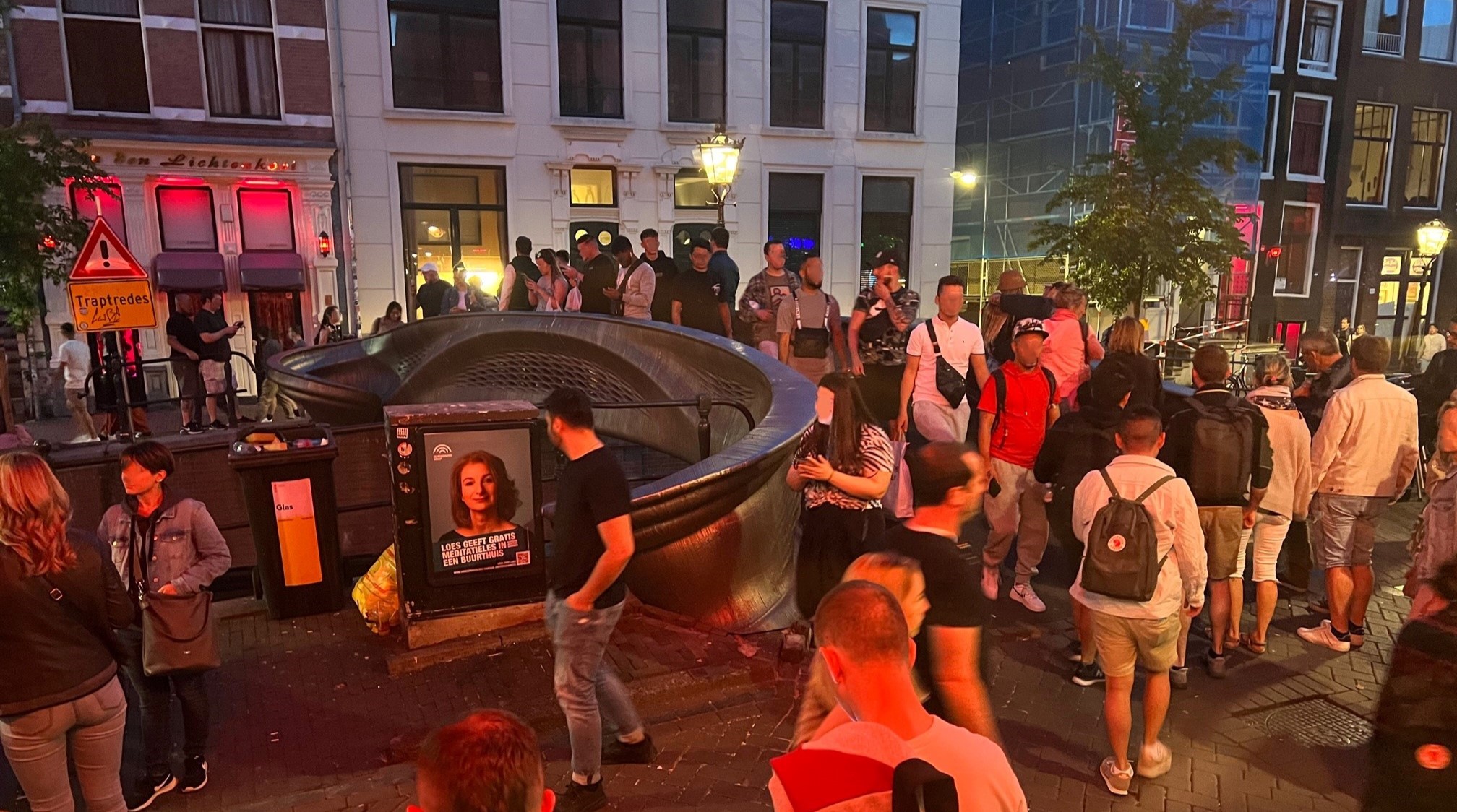
The in-service MX3D Bridge exposed to high traffic in May 2022.
Location: Amsterdam, the Netherlands
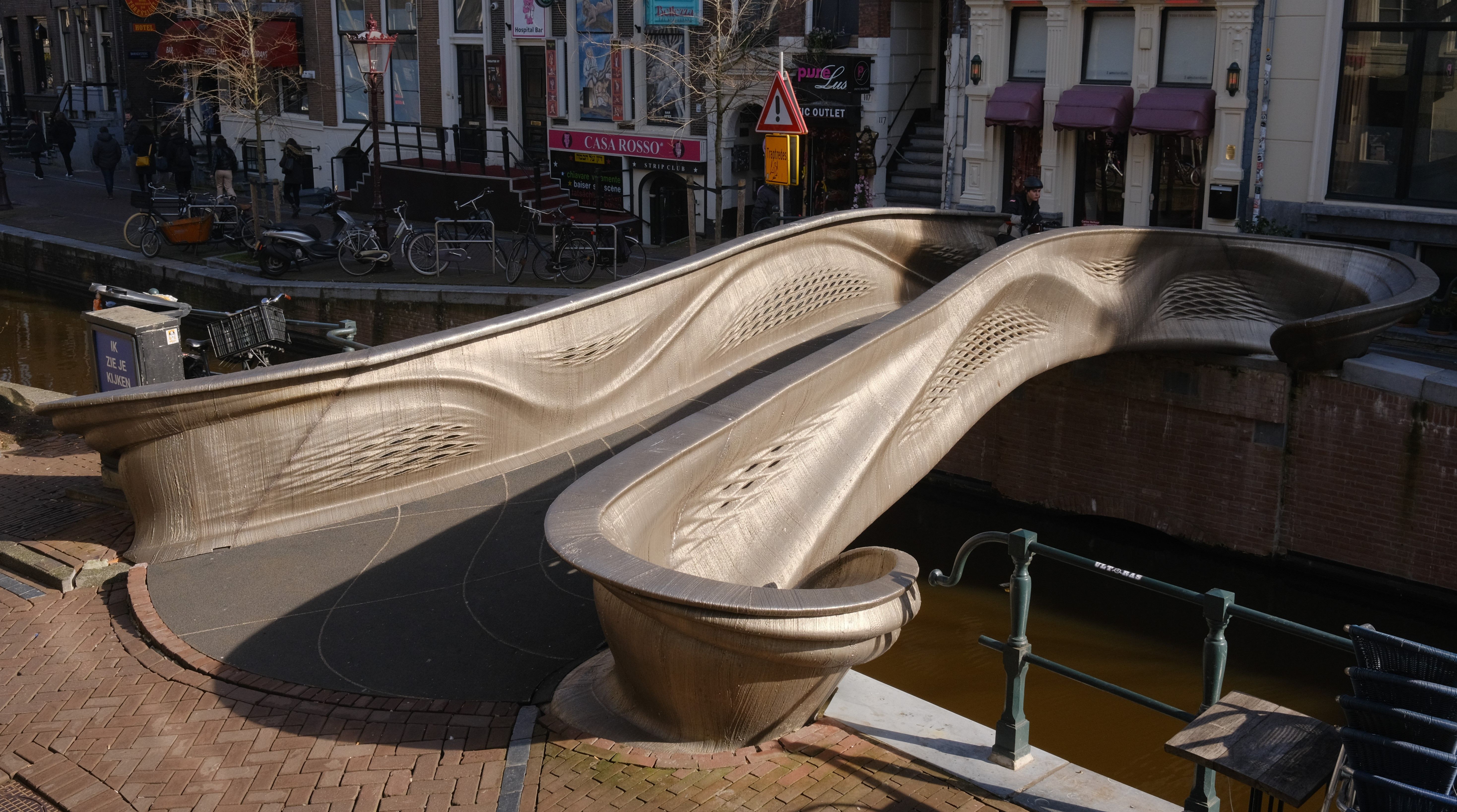
The in-service MX3D Bridge subject to partial sun exposure in February 2022. Photograph by Anton Stolper.
Location: Amsterdam, the Netherlands
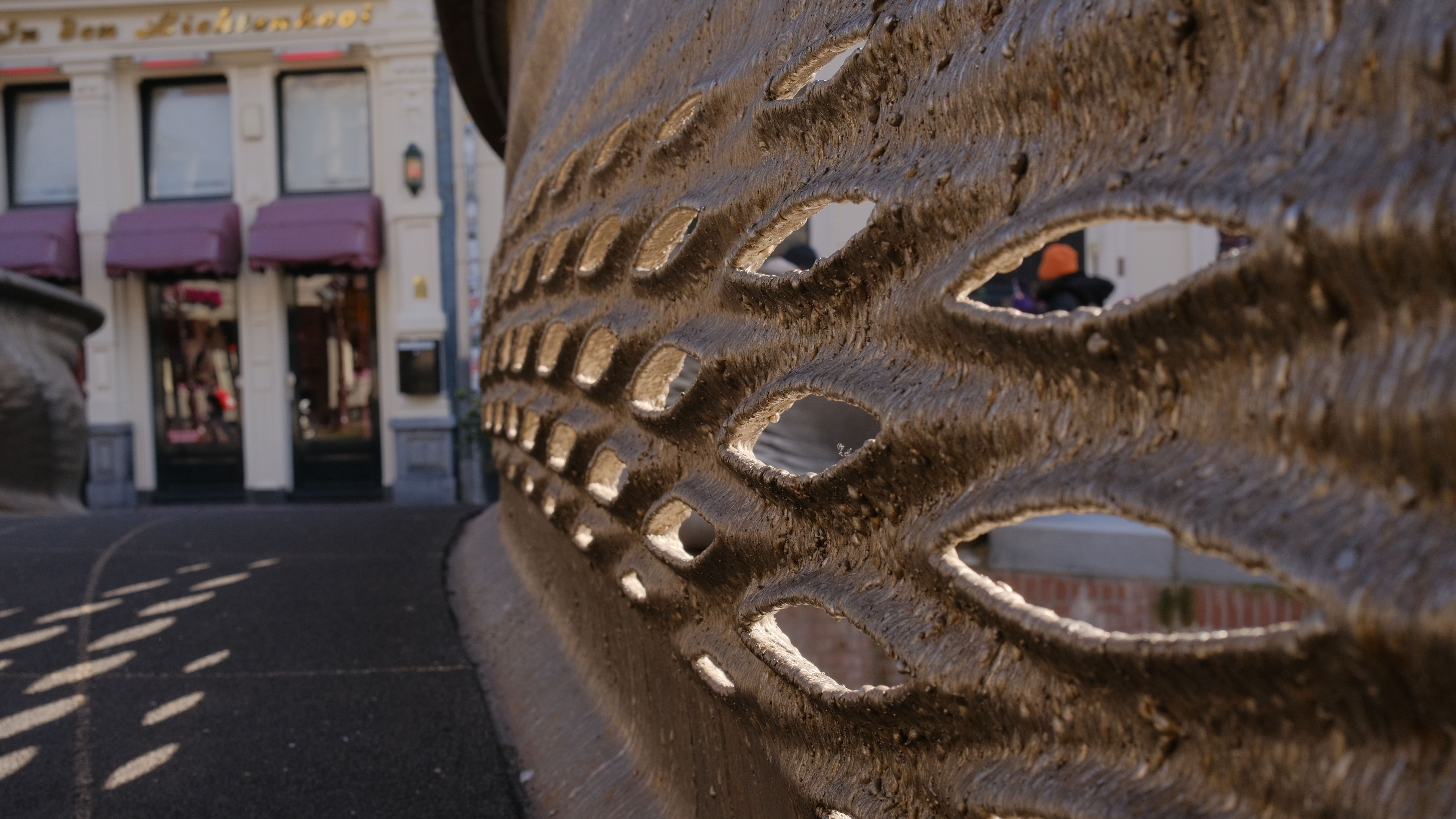
Details of the capabilites of metal 3D-printing (1/2). Photograph by Anton Stolper.
Location: Amsterdam, the Netherlands
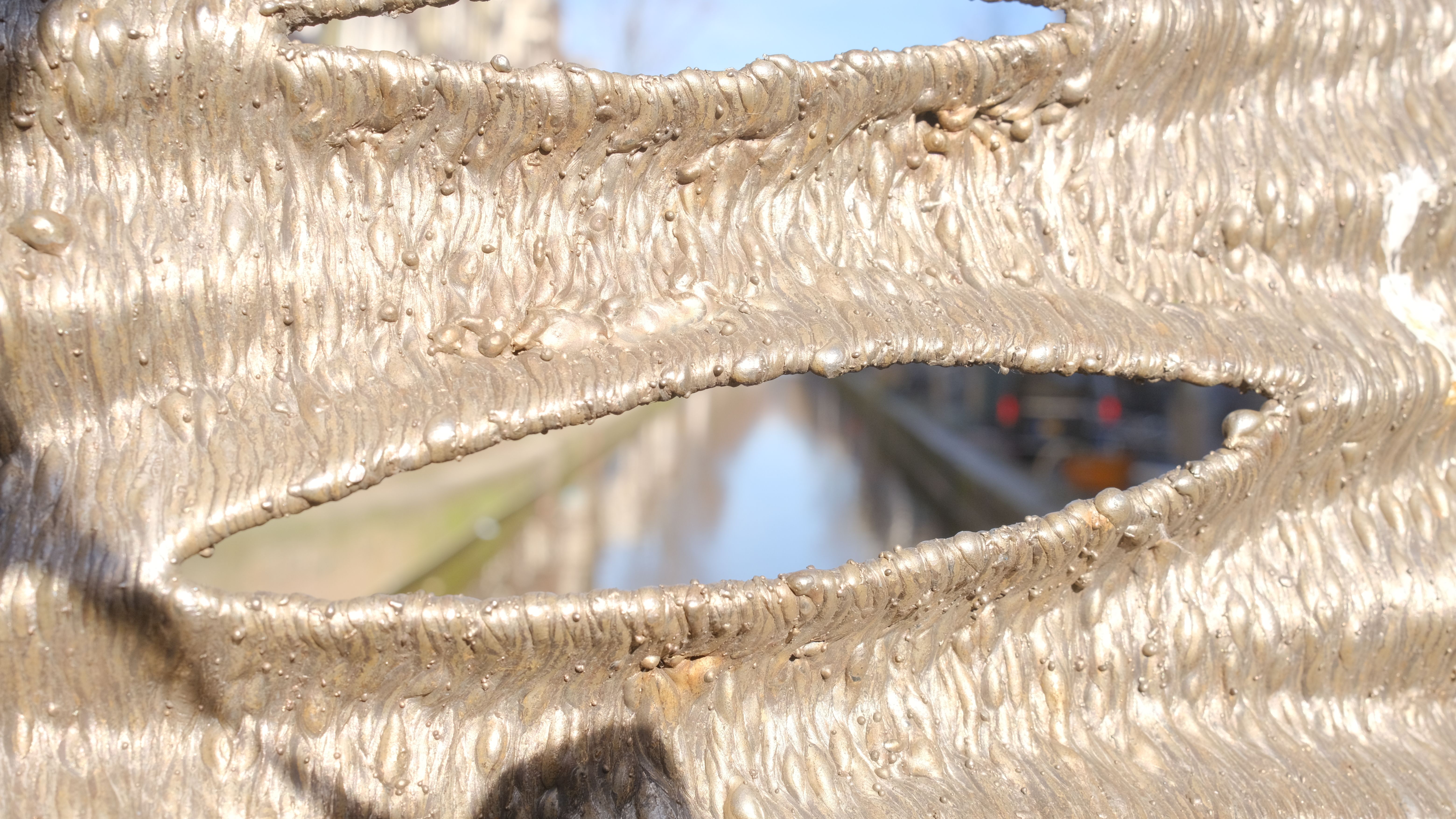
Details of the capabilites of metal 3D-printing (2/2). Photograph by Anton Stolper.
Location: Amsterdam, the Netherlands
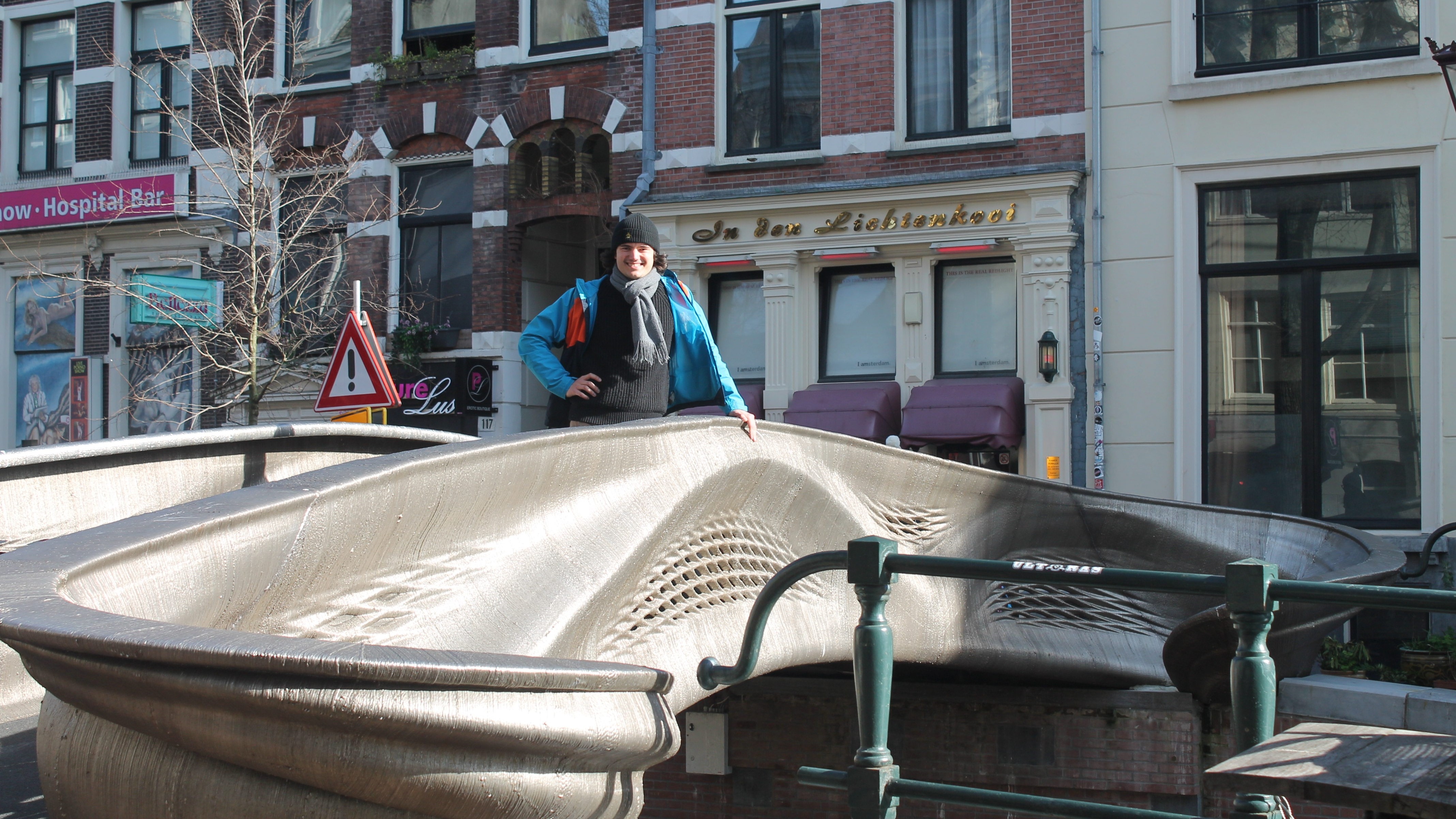
A happy PhD student. Photograph by Anton Stolper.
Location: Amsterdam, the Netherlands
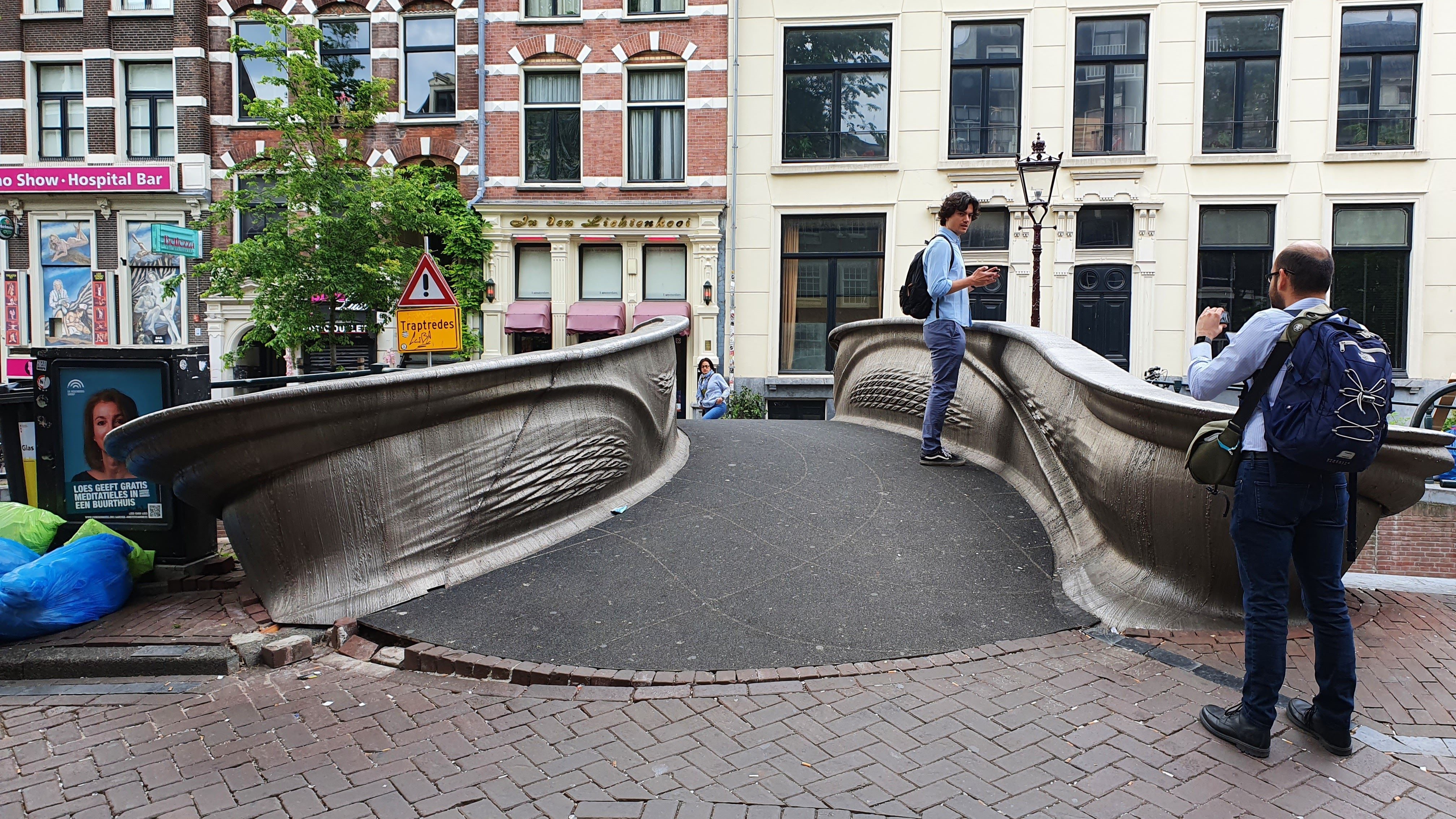
At the 'Smarter Bridge' team conference in May 2022, Craig and I performed operational loading tests.
Location: Amsterdam, the Netherlands
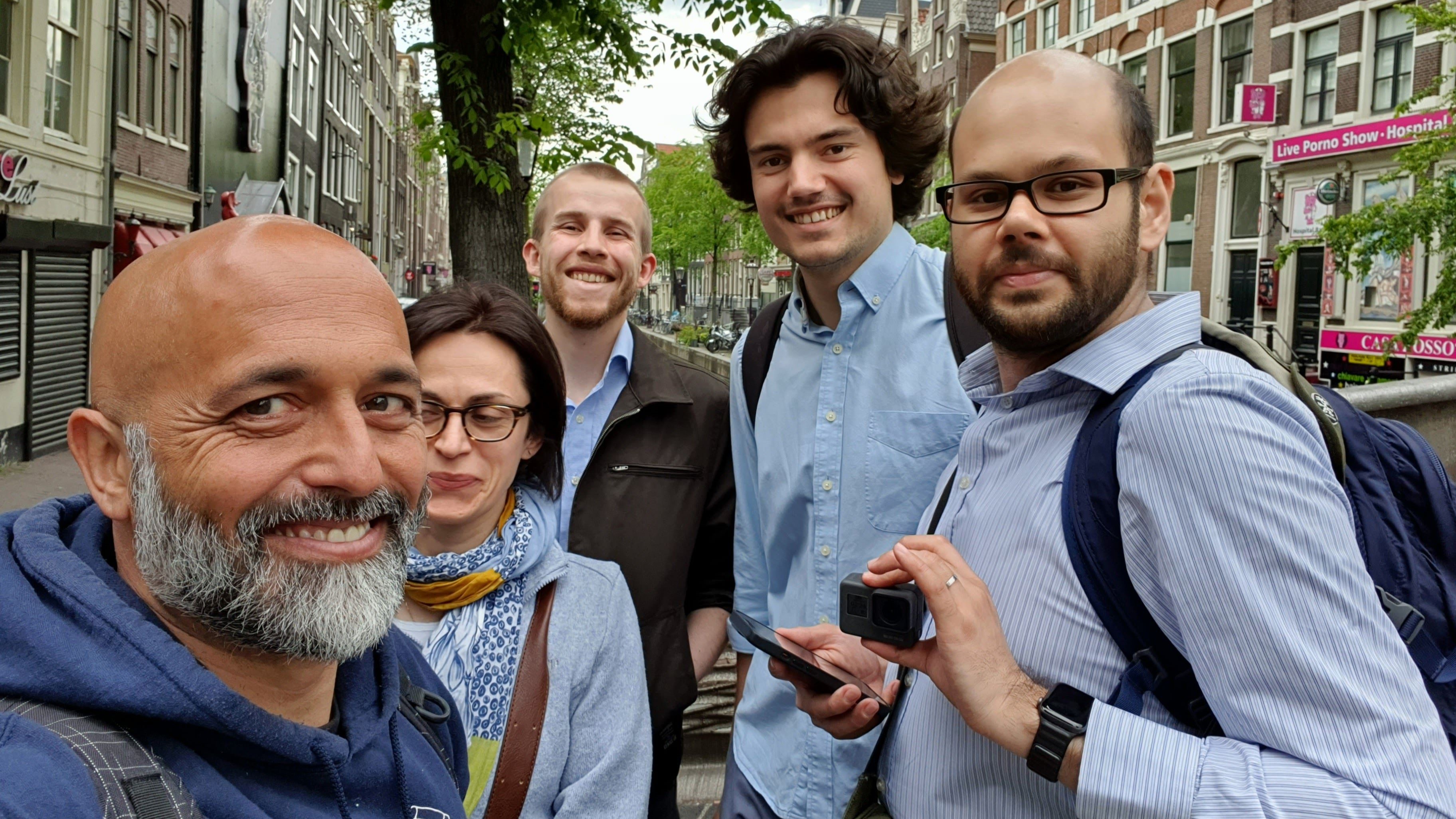
And we convinced others to take part ...
Location: Amsterdam, the Netherlands
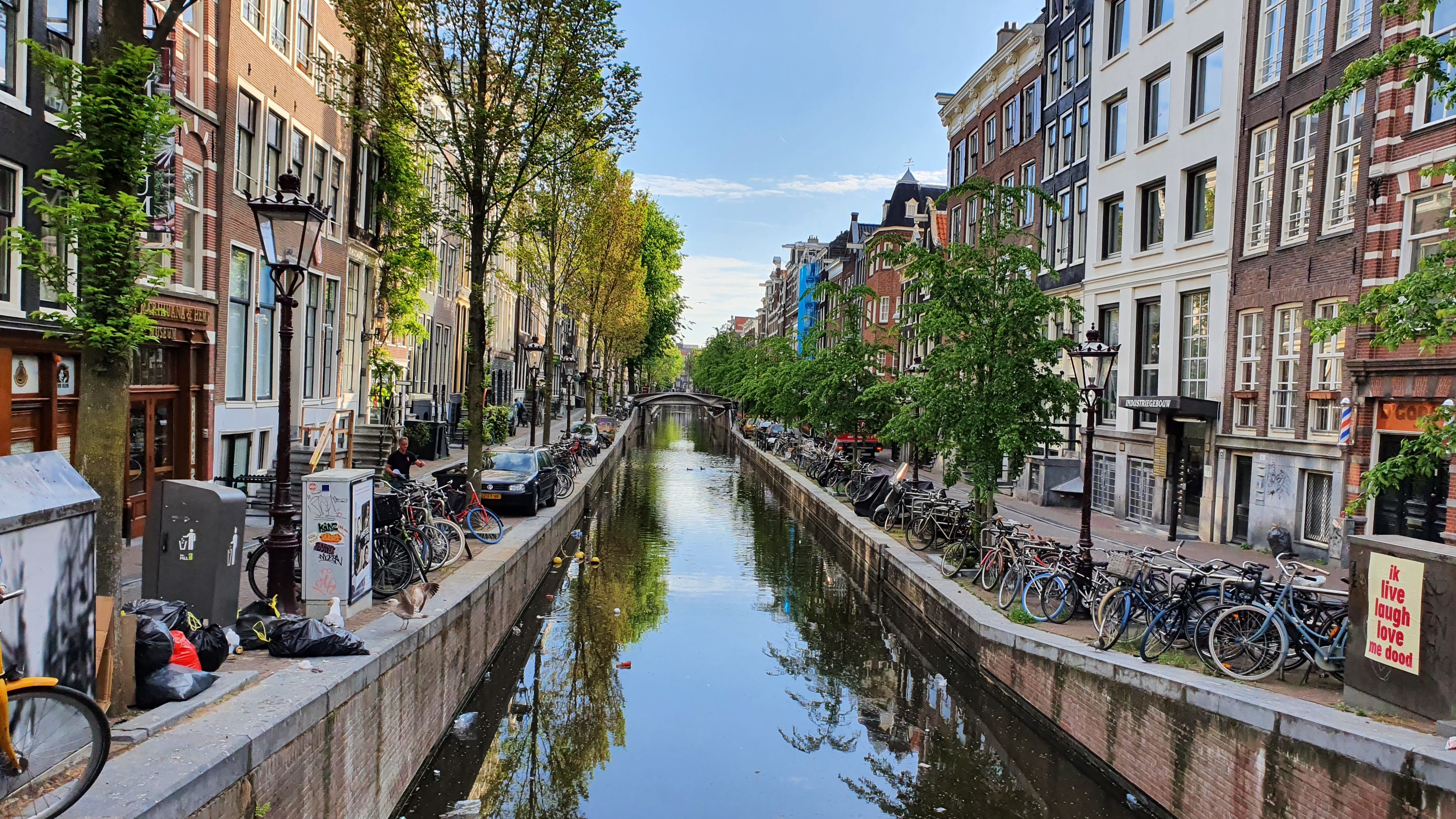
The Oudezijds Achterburgwal canal.
Location: Amsterdam, the Netherlands
Predicting the thermal response of structures
The iterative regression based thermal response prediction (IRBTRP) methodology was developed through collaboration with Dr Rolands Kromanis.
See paper: (Glashier et al., 2024).
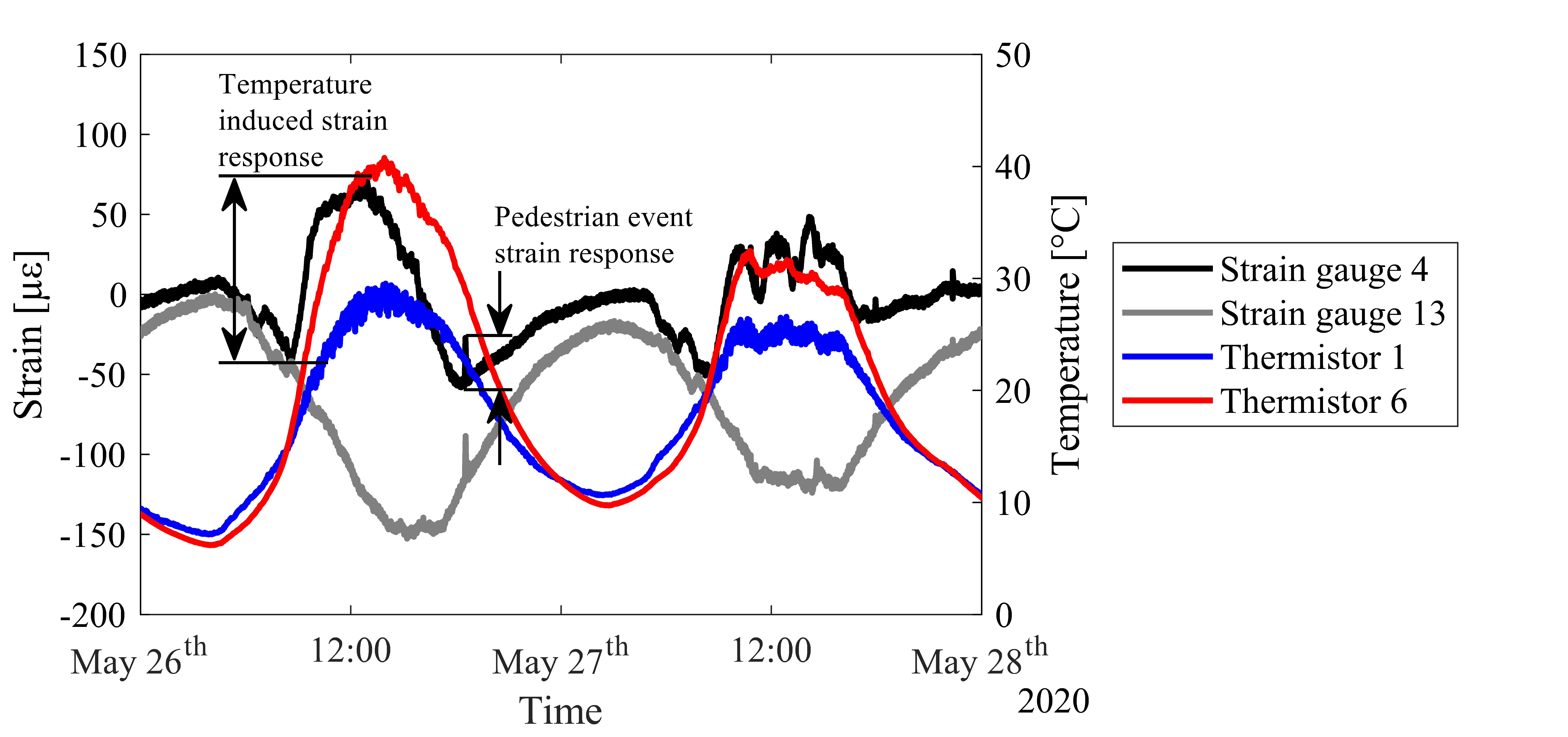
The (quasi-)static response of civil structures is largely driven by daily and seasonal changes in temperature.

Workflow of the temperature-based approach to SHM.
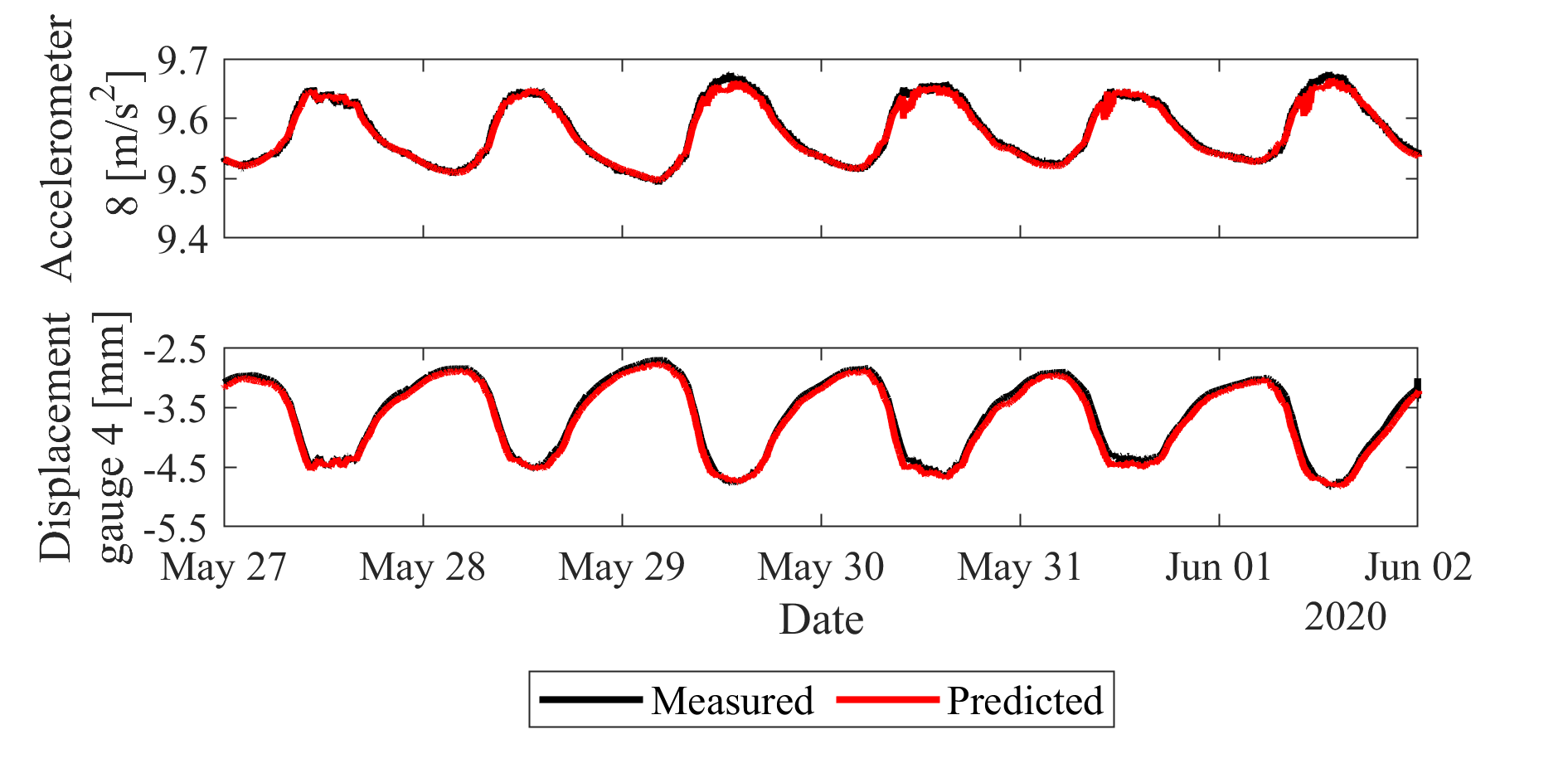
Thermal response predictions of the MX3D Bridge, i.e., vertical acceleration and displacement (1/2).
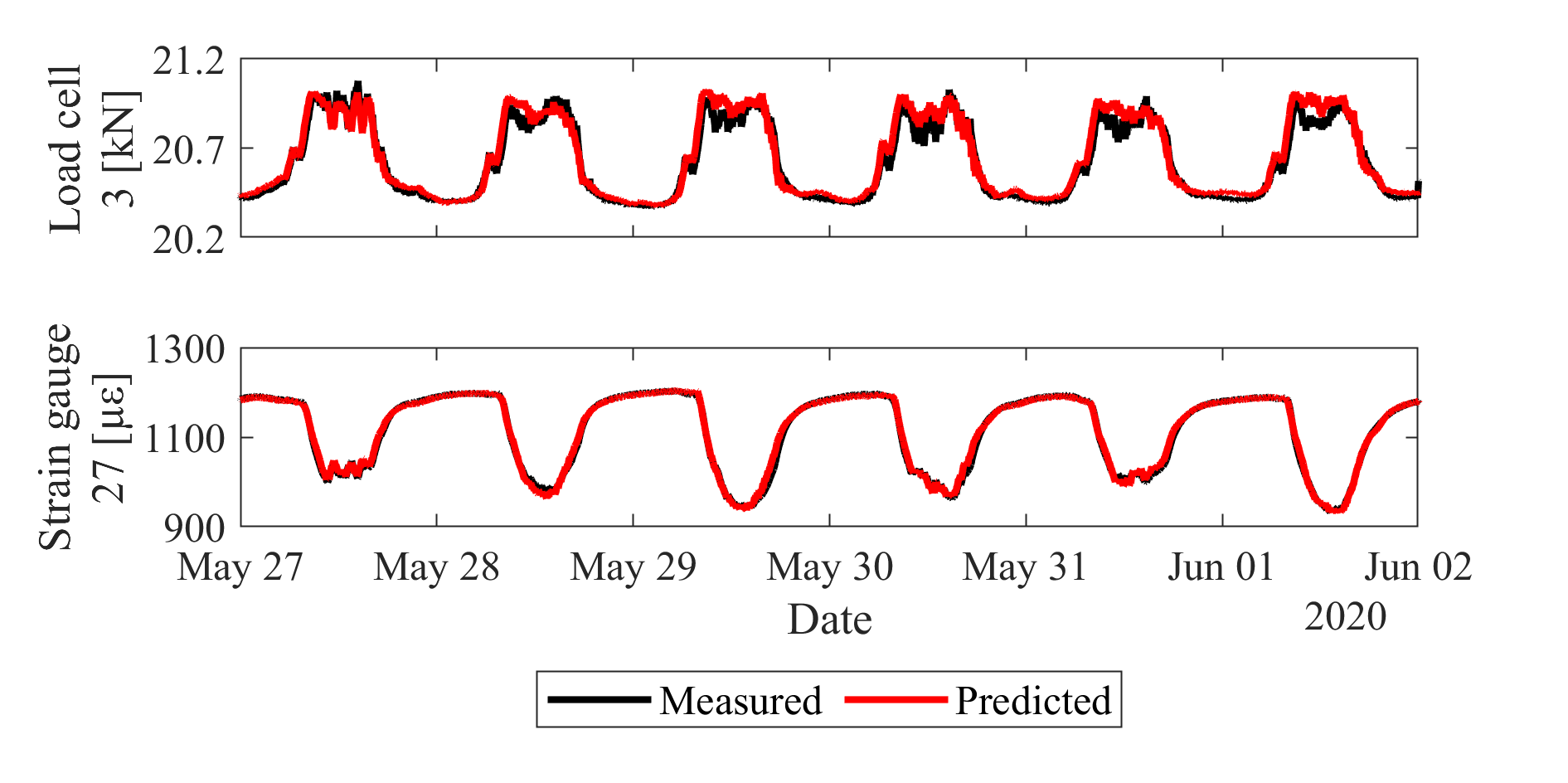
Thermal response predictions of the MX3D Bridge, i.e., (bridge self-weight) load and strain (2/2).














